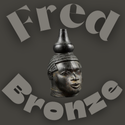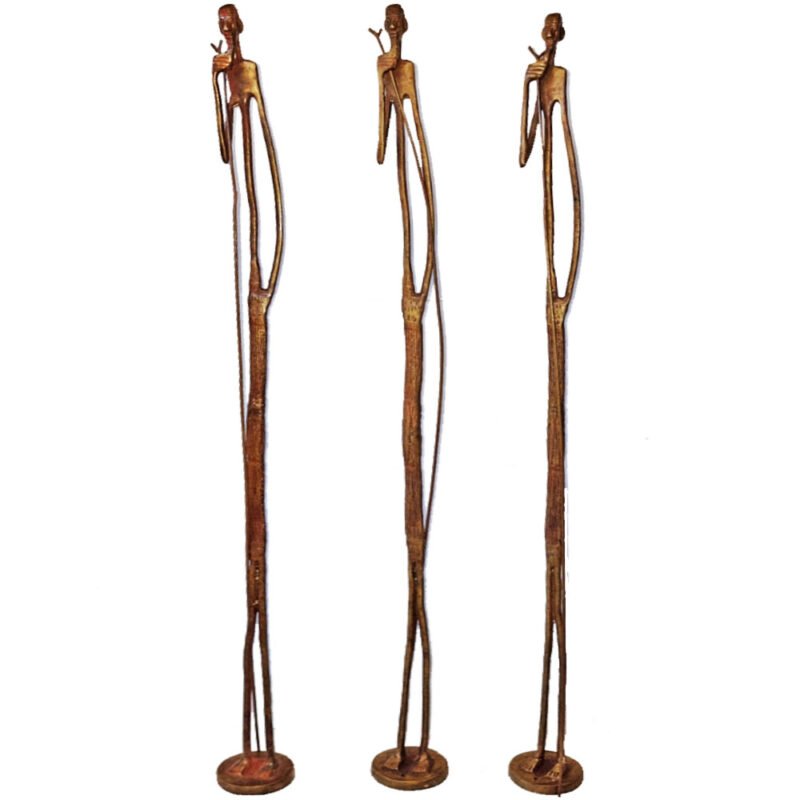Nwantantay Bwa Plank Mask
$2,995
Nwantantay Bwa Plank Mask
– Nwantantay masks are part of diverse ensembles
of masks that represent animals, insects, humans, and supernatural creatures.
Dimensions
(H) 2.06m (W) 37 cm (D) 13.5cm (at widest point)
Contact us for freight charges prior to purchase as this a large item and not covered by free shipping.
Description
Nwantantay Bwa Plank Mask
The Bwa or Bobo-Wule are an ethnic group indigenous to central Burkina-Faso and Mali.
They are known for their use of masks, made from leaves or wood, used in performative ceremonies.
About 85% of the Bwa population still retain their animist
believes which is reflected in their mask carvings.
This plank mask represents a diminutive ancestor highly respected
as a result of his ability to communicate with Animals.
The masks are danced during initiation ceremonies for young men and
women and appear at funerals and memorial services.
During the fifteen-day initiation ceremony, young petitioners are
taught the meanings of the symbols on the mask.
They learn the importance of becoming a respected Bwa, and the dangers
of straying from the path of social behavior established by the ancestors.
These lessons are symbolically represented on the mask.
These lessons are symbolically represented on the mask.
The double zig-zag line on the plank of the mask represents the path of the ancestors.
The crescent shape on the top of the plank represents the moon and the importance
of time in the ceremonial year when masks are danced.
The checkerboard pattern on the back of the mask represents the value of learning.
When young initiates graduate from the ceremony,
they are given a new white goat hide to sit on during ceremonies.
Years later, the young initiate becomes an elder, and the hide ages to a dark color.
The checkerboard pattern emphasizes the reliance between the elders, symbolized by the dark areas,
and the young initiates, symbolized by the light areas.
Tribal Village supports the ancient arts and crafts of Africa.




